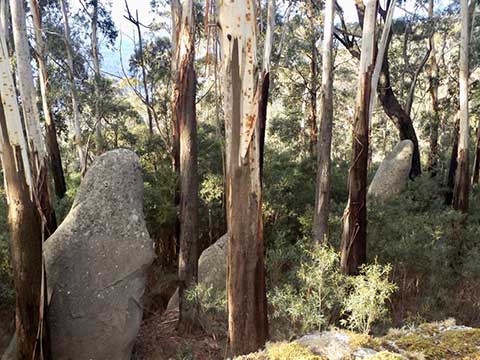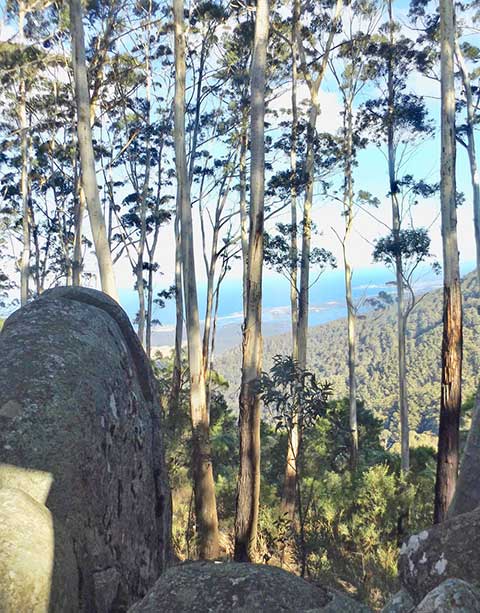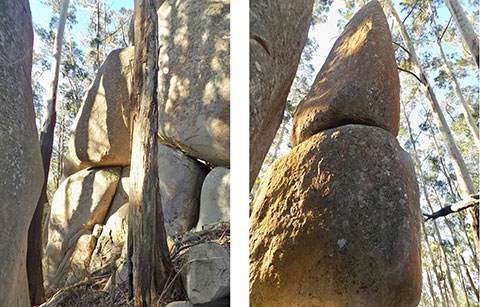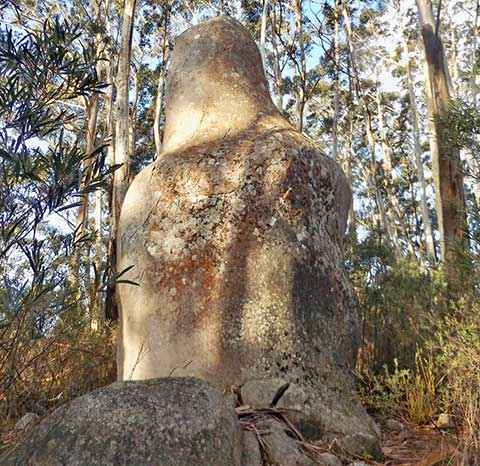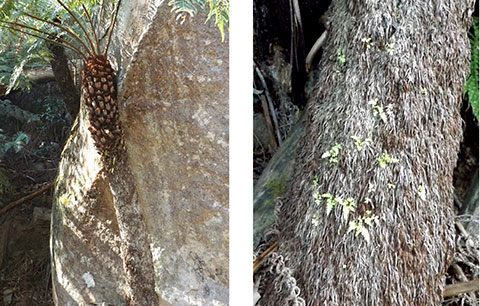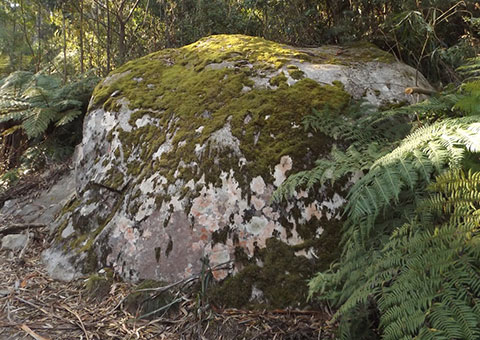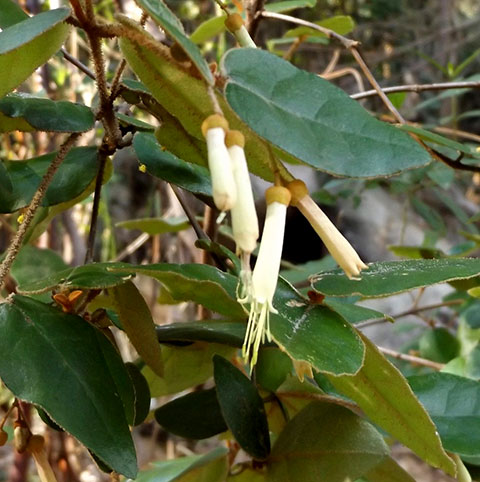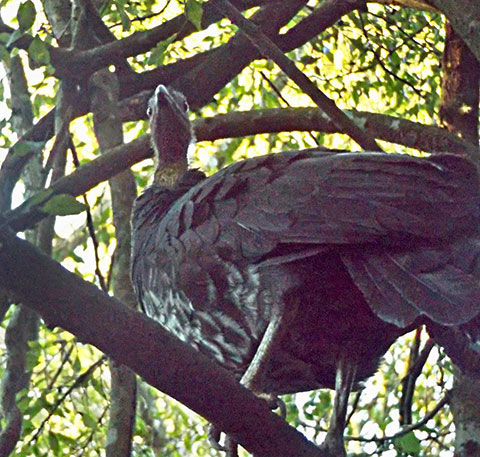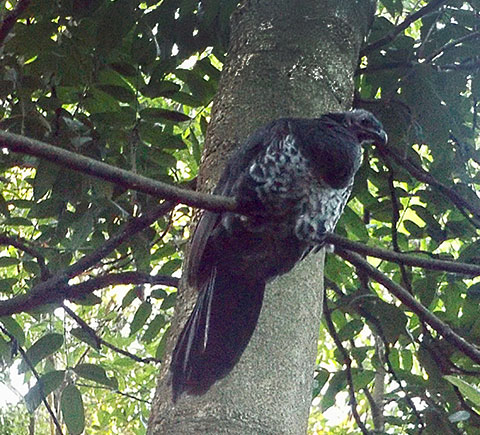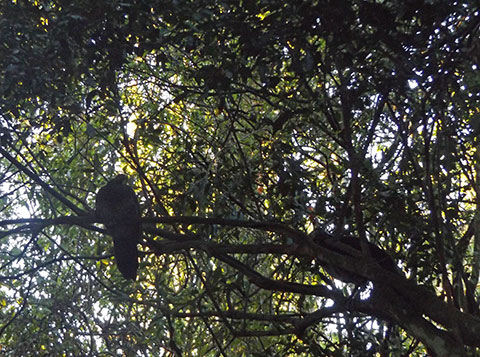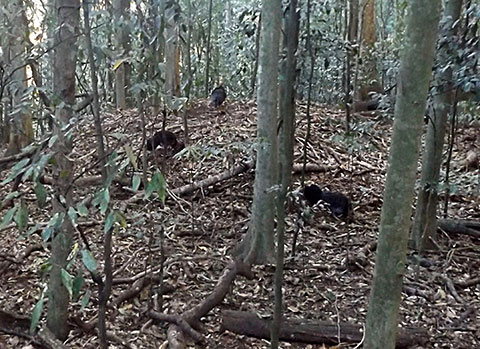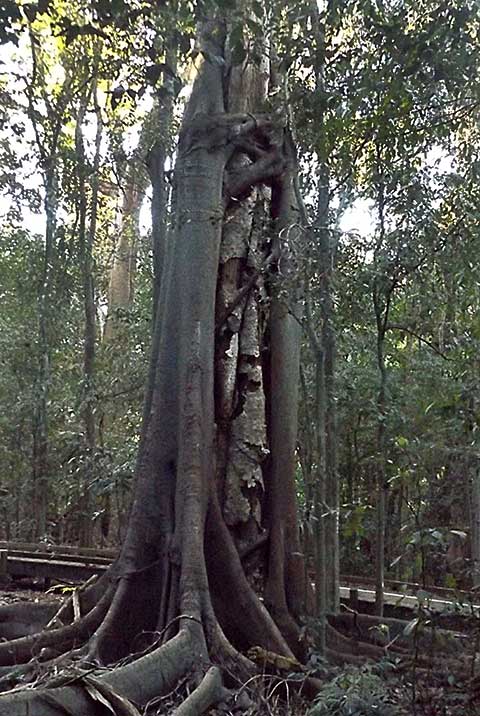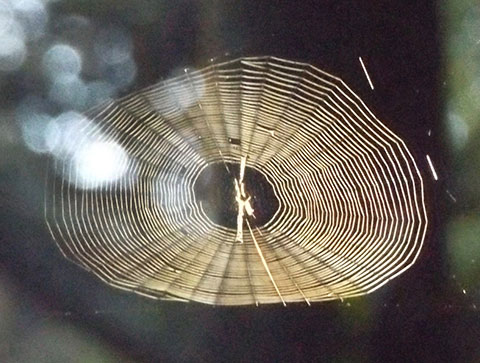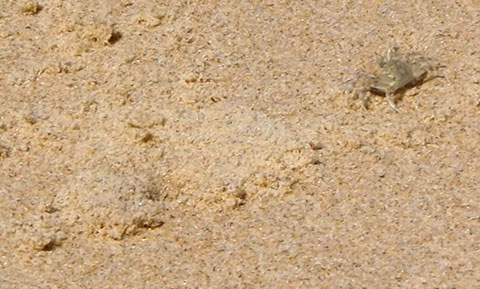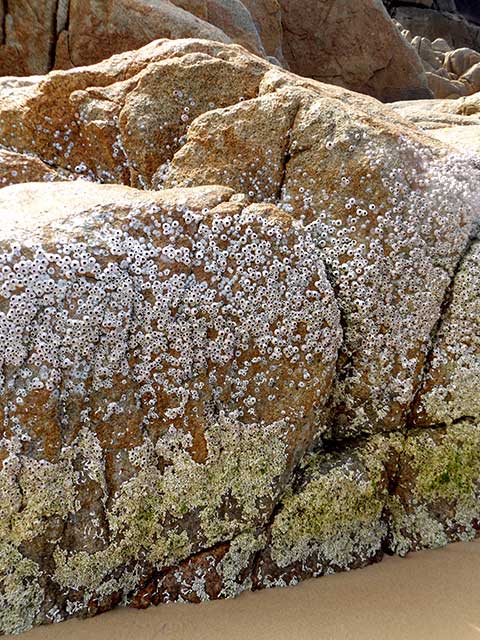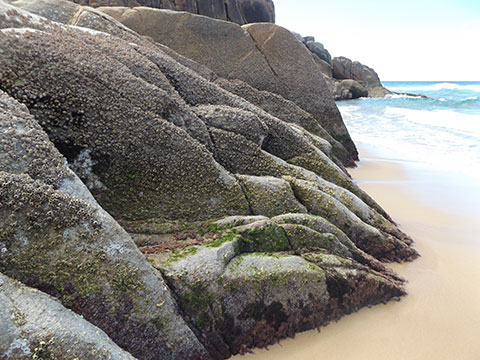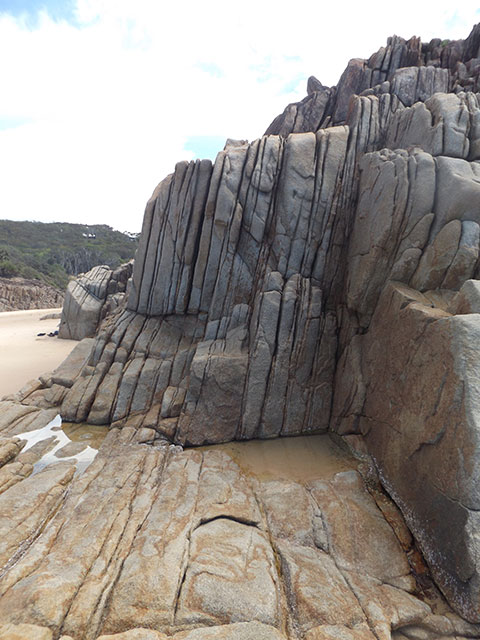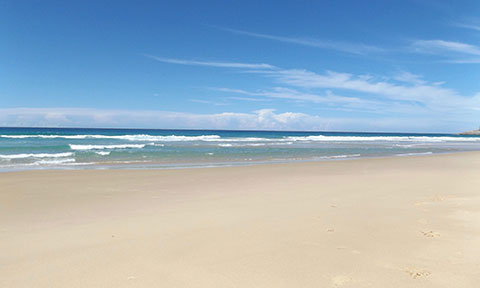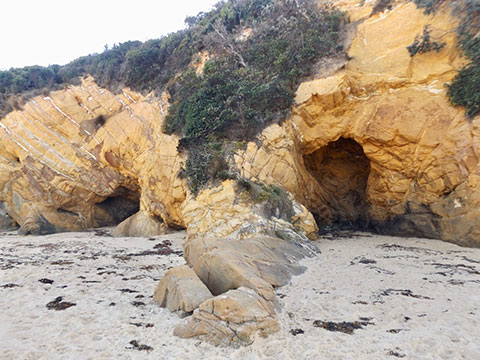
At one end of a beach at Bermagui, south coast NSW, an ancient creature lies half buried in the sand. Its long snout sucks up water at high tide, its dark eyes watch for whales… and inquisitive dogs.
For this is a dog-friendly beach, allowing romping dogs with their walking and stick-throwing owners.


These caves are mostly small hollows, some forming see-through tunnels in the strangely muscular rocks.
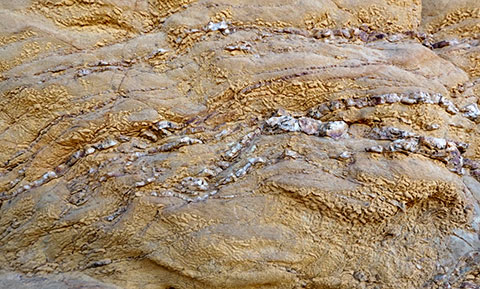
But above the sand and creature level, the rocks are no longer sea-moulded smooth, but striated and layered with other ancient deposits, interspersed with soft and powdery decomposing stone…waiting to be washed to join the sands below.
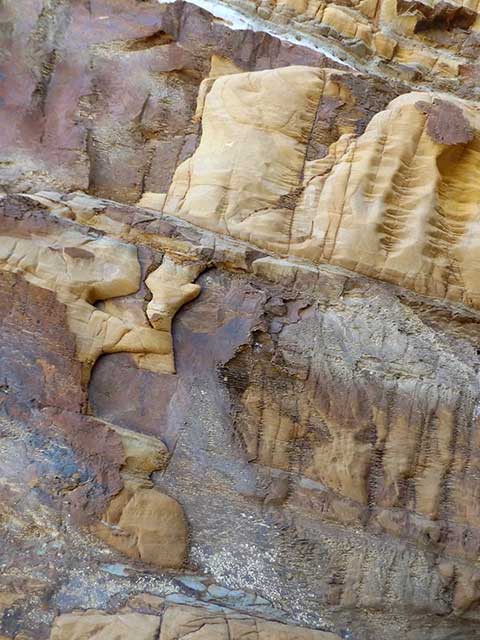
In other places they are carved and etched, leaving odd sculptured shapes, intriguing furrows and horizontally scratched hieroglyphics in vertical messages.
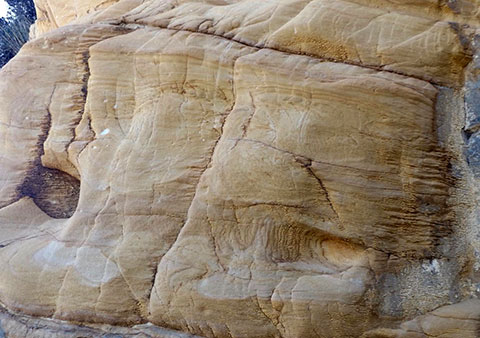
Some seem to have been shaded into relief by an artist’s pen. I am again ignorant as to how these varied effects have been created… perhaps by the ancient sand mammoth before it became immobilised?

Now very little lives on the rocks – a determined spider, the odd desperate plant.
I wish they could talk to explain the mysteries of their so-diverse rocky habitat. Yet it is almost enough just to be in awe at this show of Nature’s art – again!
